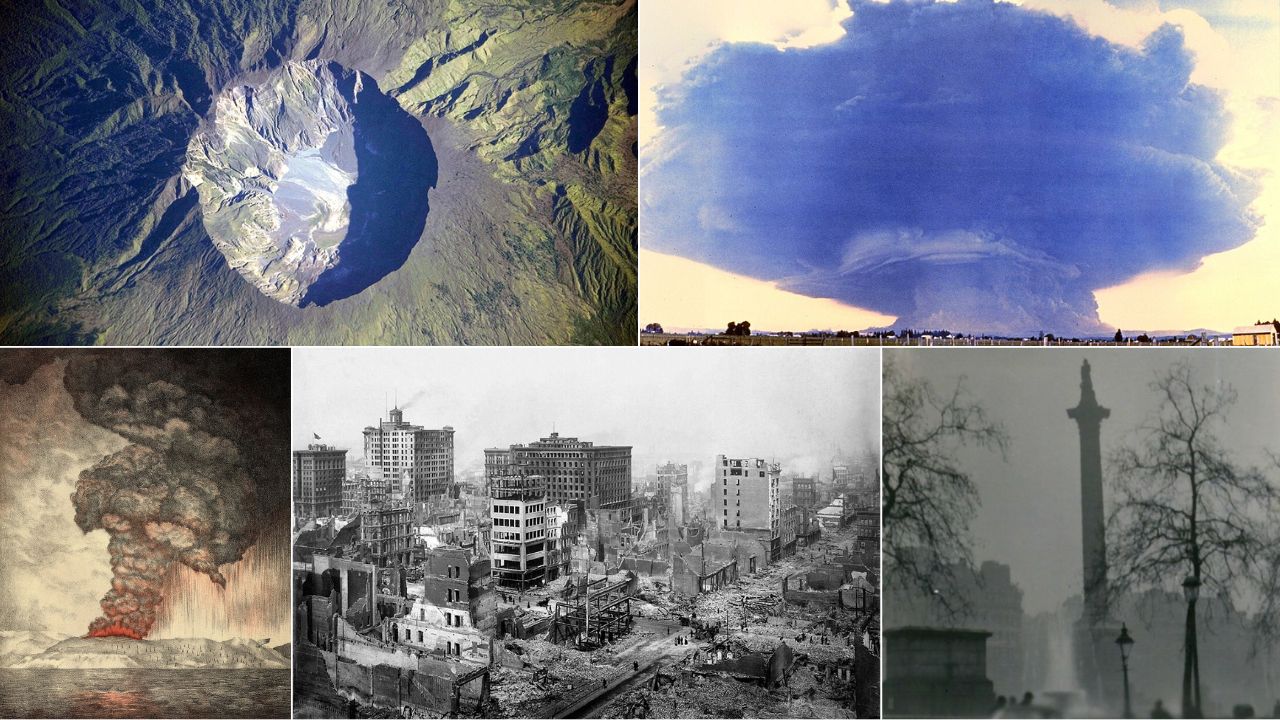Natural disasters once sparked myths, rumors, and wild guesses. Today, tools like ice cores, GPS, satellites, barometers, and computer models let scientists rewind events and test causes. Plate tectonics explains quakes and tsunamis, aerosol chemistry explains volcanic cooling, and fluid dynamics explains freak waves and firestorms. These ten cases show how evidence replaced guesswork. Each entry names the event, the confusion at the time, and the later scientific explanation that finally made the timeline, physics, and impacts make sense.
1. The Year 536 – A Sudden, Global Dim
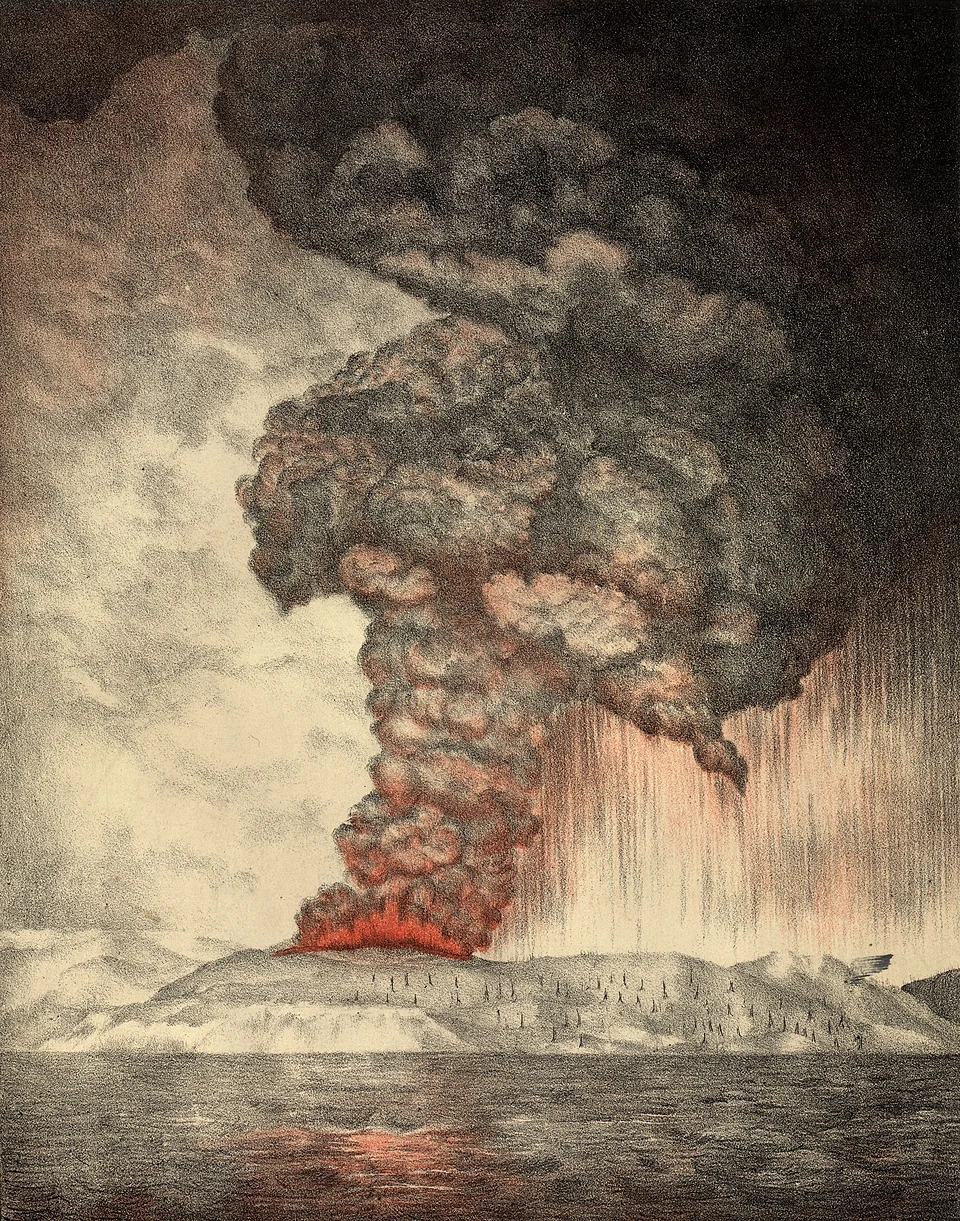
Chroniclers wrote that the Sun dimmed, crops failed, and summer felt like winter. For centuries, no one knew why. Modern clues from tree rings and Greenland-Antarctica ice cores reveal giant sulfate spikes, pointing to massive volcanic eruptions that lofted aerosols into the stratosphere. Those particles reflected sunlight, dropping temperatures, and shocking harvests. Follow-up eruptions around 540 likely prolonged the chill. The mystery haze was not magic – it was volcanic sunscreen lingering high above the weather.
2. 1755 Lisbon Earthquake and Tsunami – Birth of Seismology

Lisbon’s All Saints’ Day quake leveled churches, fires raged, and a towering tsunami swept the harbor. Early explanations invoked punishment or bad luck. Later mapping of fault zones and plate motions revealed that the event originated from a rupture near the Azores-Gibraltar boundary, where Africa is grinding against Eurasia. Reports of wave arrival times and ground motions helped scientists sketch the rupture and launch a data-based quake study. Out of tragedy came surveys, building rules, and the first serious tsunami science for Europe.
3. 1815 Tambora Eruption – The Real Cause of 1816’s Cold
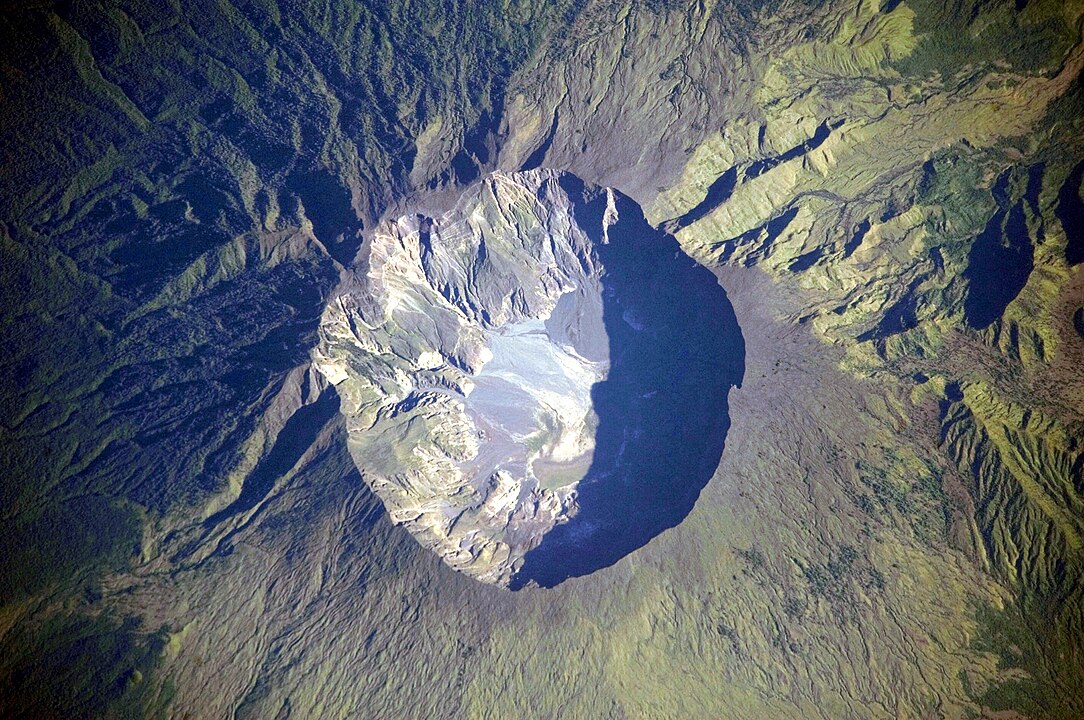
Snow in June and crop failure in 1816 baffled farmers from New England to Europe. The true culprit sat in Indonesia. Tambora’s colossal eruption shot sulfur-rich ash into the stratosphere, forming sulfate aerosols that bounced sunlight back to space. Climate reconstructions estimate global cooling of roughly half a degree Celsius, enough to wreck fragile growing seasons. Red sunsets and dreary skies match aerosol physics. What felt like a curse was radiative forcing from a sky filled with volcanic particles.
4. 1871 Peshtigo Fire – Not A Comet, A Perfect Storm

The deadliest U.S. wildfire killed thousands the same night Chicago burned. Some blamed passing comets or fireballs. Modern fire weather analysis says otherwise. Months of drought stacked dry fuels, logging slash littered forests, and a powerful cold front unleashed hurricane-force winds. Small burns blew up together, creating a firestorm with tornado-like vortices. Eyewitness reports of fireballs match lofted embers and superheated gases. The lesson is fuel plus wind plus drought – not space rocks – drives megafires.
5. 1902 Mount Pelée – The Science of Pyroclastic Flows
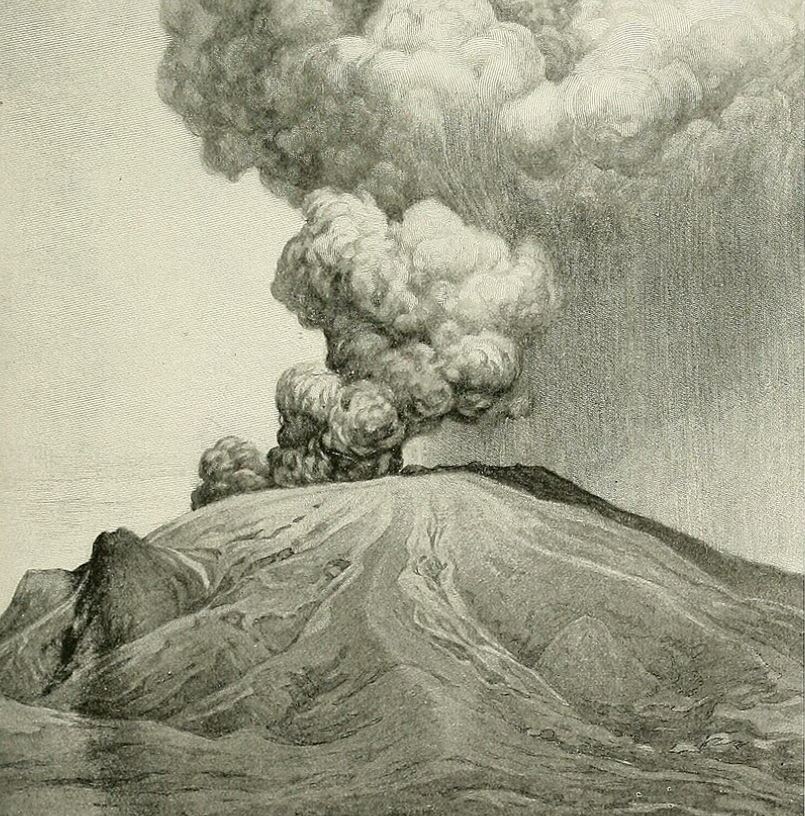
St. Pierre vanished under a rushing, searing cloud locals could not name. Survivors spoke of a burning wind outrunning any person or horse. Volcanology later defined these as pyroclastic density currents – avalanches of gas, ash, and rock that hug terrain at highway speeds and 300-plus Celsius. Pressure waves and toxins finished what heat began. Detailed deposits around the volcano mapped flow routes, proving the killer was not lava, but gravity-driven ash clouds unleashed by dome collapse.
6. 1906 San Francisco Quake – Faults, Fires, Elastic Rebound
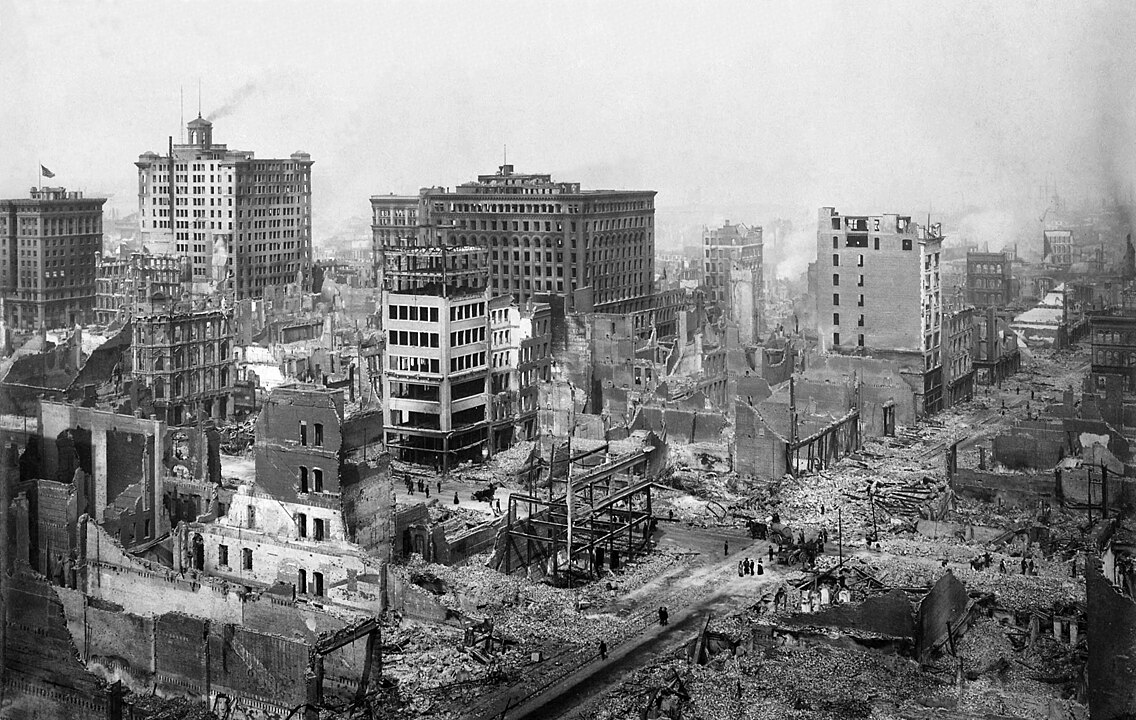
People argued whether the quake or the fires did most damage, and what triggered either. Field surveys, triangulation markers, and snapped fences along the San Andreas Fault revealed about 300 kilometers of rupture and meters of sideways slip. Professor H.F. Reid’s elastic rebound theory explained it cleanly, strain builds as plates stick, then suddenly releases. Broken water mains starved firefighters, letting gas-fed firestorms spread. Today’s codes, fault maps, and shake forecasts trace back to this evidence trail.
7. 1908 Tunguska Blast – Airburst, Not An Alien
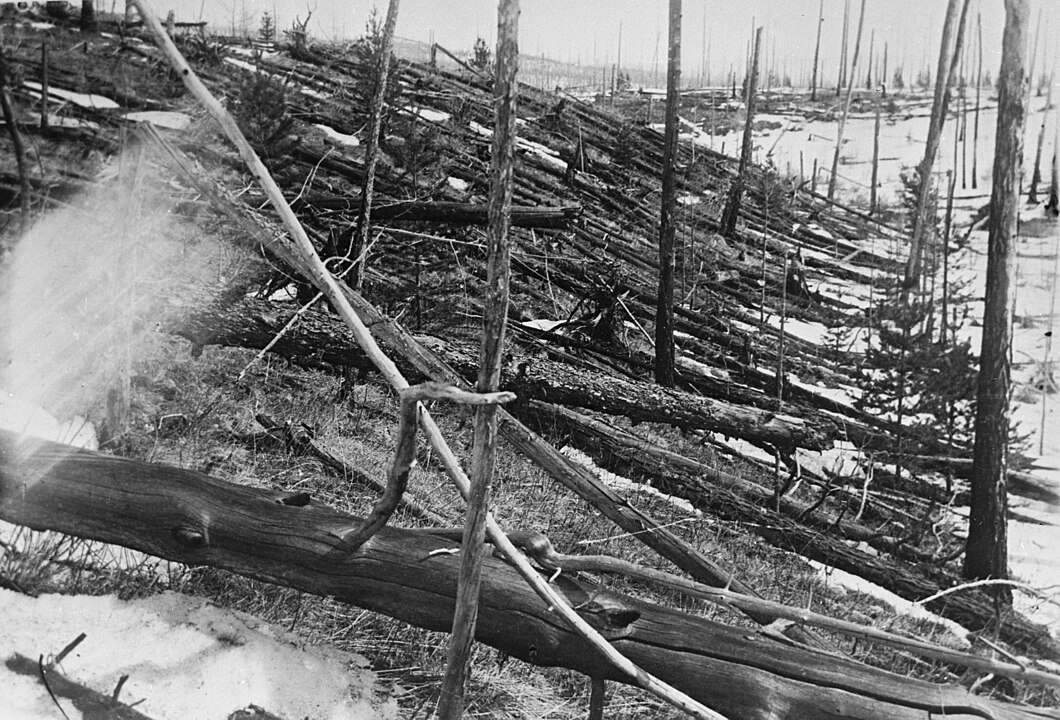
A dawn flash flattened 2,000 square kilometers of Siberian forest. With no crater found, rumors soared from UFOs to secret weapons. Later modeling and tree-fall patterns point to a small asteroid or comet fragment exploding in the atmosphere about 5 to 10 kilometers up. The shock wave matched barograph records taken thousands of kilometers away. Chemical traces were sparse because the body mostly vaporized. It was a cosmic visitor, yes – but a natural airburst, not science fiction.
8. 1952 Great Smog of London – Chemistry Meets Weather
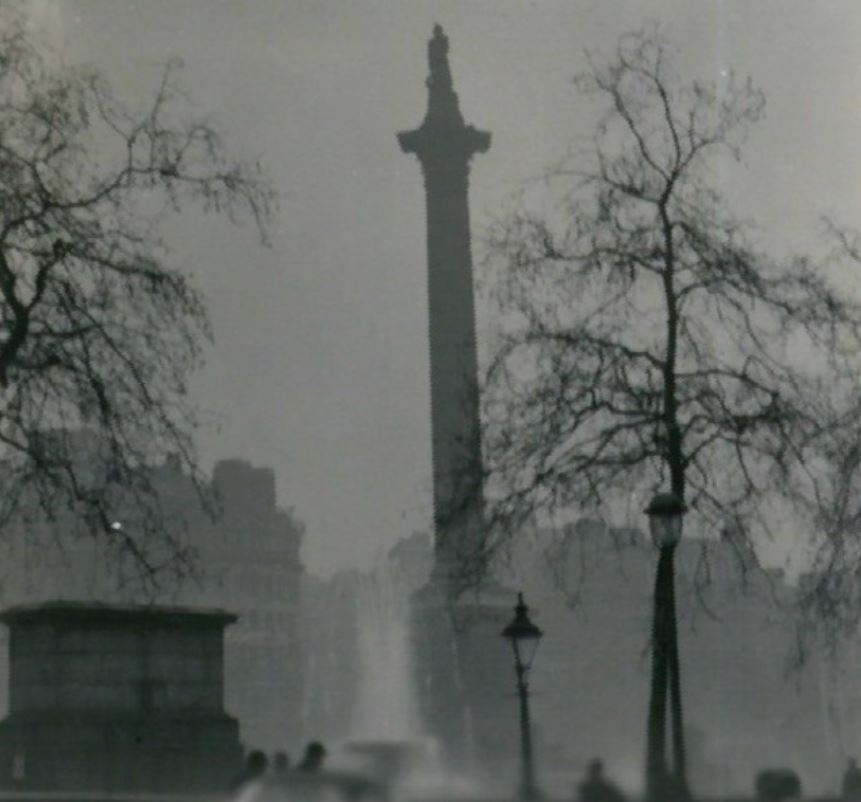
A pea-soup fog killed thousands over five days, blamed at first on ordinary winter haze. Later studies showed a stubborn temperature inversion trapped emissions, while coal smoke loaded the air with sulfur dioxide and particulates. Damp conditions helped convert gases into deadly sulfate aerosol. Hospital and mortality records nailed the health toll. Policy followed the science. The 1956 Clean Air Act pushed cleaner fuels and stack rules. The disaster was not just fog – it was chemistry plus stagnation.
9. 1958 Lituya Bay Megatsunami – A Landslide Made The Wave

Fishermen saw water climb a mountain, stripping trees to a height taller than skyscrapers. Tsunami textbooks could not explain a 500-plus meter runup. Fieldwork later traced a rockfall that crashed into the fjord, displacing a wall of water that surged upslope. Bathymetry and scale models show how narrow bays amplify landslide waves far beyond distant-earthquake tsunamis. The scar line on the hillsides still marks the maximum runup, a living ruler proving impulse waves can go extreme.
10. 1980 Mount St. Helens – Why The Side Blew Out
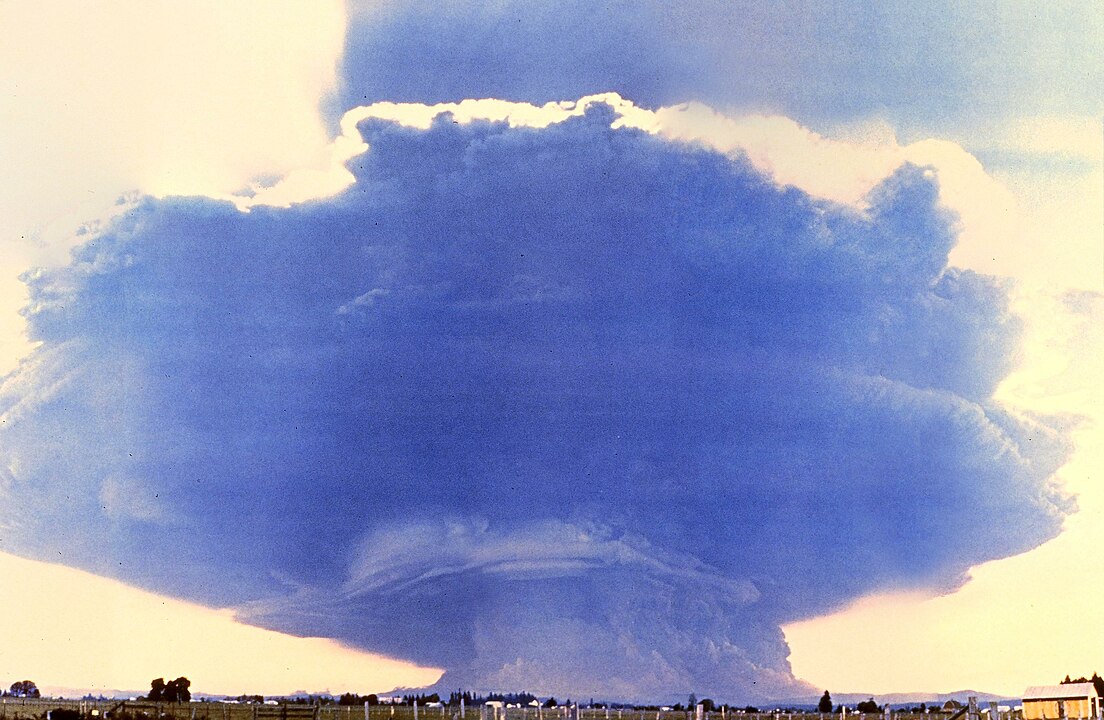
Before May 18, a bulge grew on the volcano’s north flank. Many expected a vertical blast. An early morning quake triggered a giant landslide that uncorked the pressurized magma sideways, producing a lateral blast that flattened forests over hundreds of square kilometers. Ash rose into the jet stream as lahars raced downstream. Careful stratigraphy, photographs, and instrument records built the modern playbook for dome growth, sector collapse, and directed blasts. The sideways explosion was physics, not a surprise tantrum.
